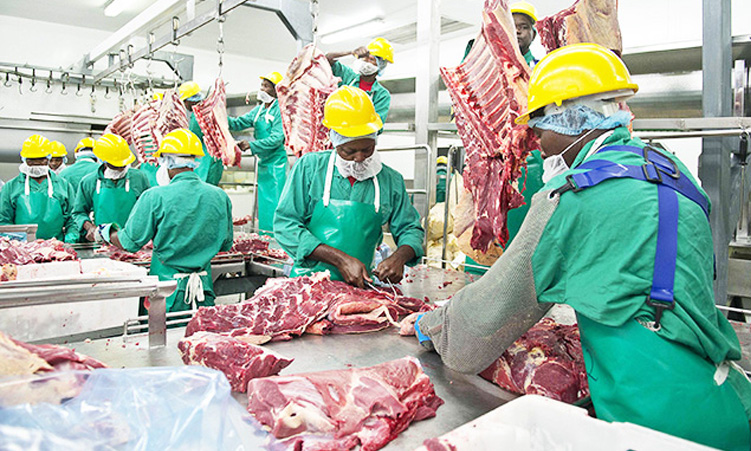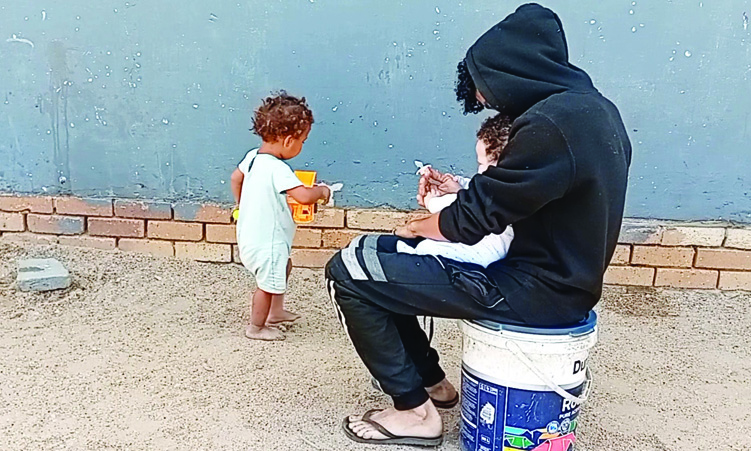TOKYO – Some radiation contamination was detected yesterday at a nuclear fuel reprocessing facility at Tokaimura, the site of Japan’s worst nuclear accident, but there was no leak to the outside environment, officials said.
The contamination was detected on a wall inside a room of a reprocessing facility in Tokaimura, 140 km north of Tokyo, and the cause is being investigated, said an official for the regional government’s nuclear energy safety division. Access to the room has been restricted, but no workers have been exposed to radiation, and it is unlikely to develop into a major incident, the official said.”Radiation has not escaped to the outside… there is no impact on the environment,” he said.Japan’s worst-ever nuclear accident took place at a uranium processing plant in Tokaimura in October 1999, when an uncontrolled nuclear chain reaction was triggered.Two workers died and hundreds of residents were exposed to radiation.Tetsuo Omura, an official for the Agency for Nuclear and Industrial Safety, said that an initial measurement found that the level of radiation contamination was a maximum of over 555 Bq per square centimetre.That is more than 100 times the four Bq per square centimetre which, by law, requires entrance to contaminated areas to be restricted, Omura said, adding that more thorough checks could lead to significant increases or decreases in measurements.- Nampa-ReutersAccess to the room has been restricted, but no workers have been exposed to radiation, and it is unlikely to develop into a major incident, the official said.”Radiation has not escaped to the outside… there is no impact on the environment,” he said.Japan’s worst-ever nuclear accident took place at a uranium processing plant in Tokaimura in October 1999, when an uncontrolled nuclear chain reaction was triggered.Two workers died and hundreds of residents were exposed to radiation.Tetsuo Omura, an official for the Agency for Nuclear and Industrial Safety, said that an initial measurement found that the level of radiation contamination was a maximum of over 555 Bq per square centimetre.That is more than 100 times the four Bq per square centimetre which, by law, requires entrance to contaminated areas to be restricted, Omura said, adding that more thorough checks could lead to significant increases or decreases in measurements.- Nampa-Reuters
Stay informed with The Namibian – your source for credible journalism. Get in-depth reporting and opinions for
only N$85 a month. Invest in journalism, invest in democracy –
Subscribe Now!









